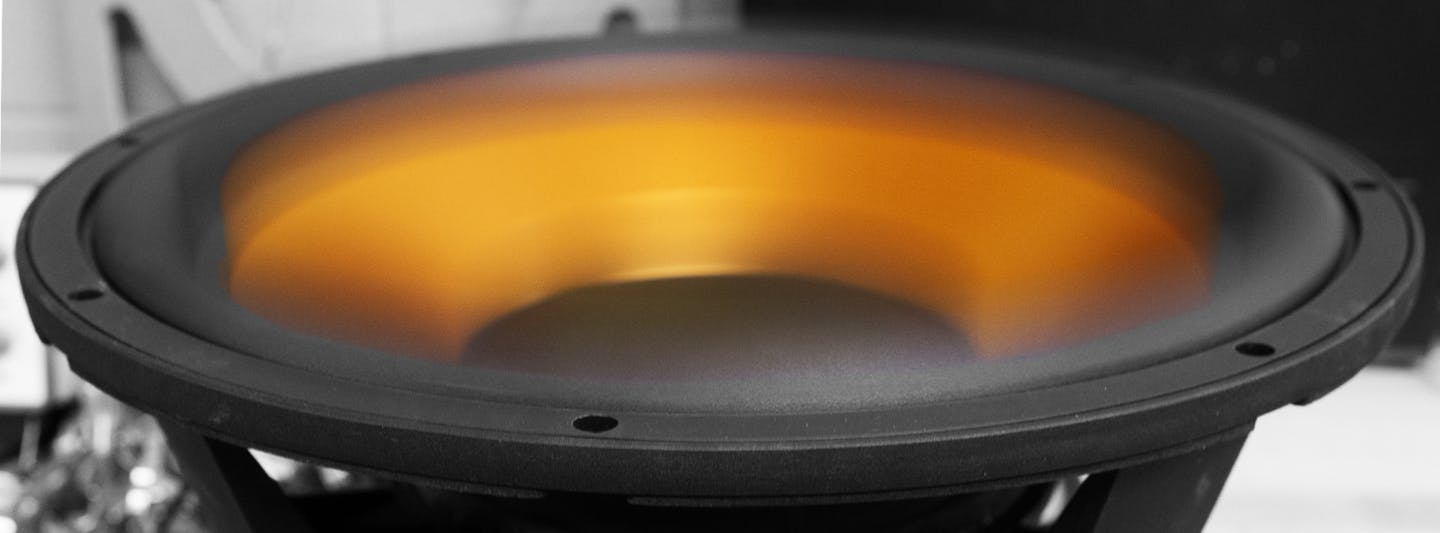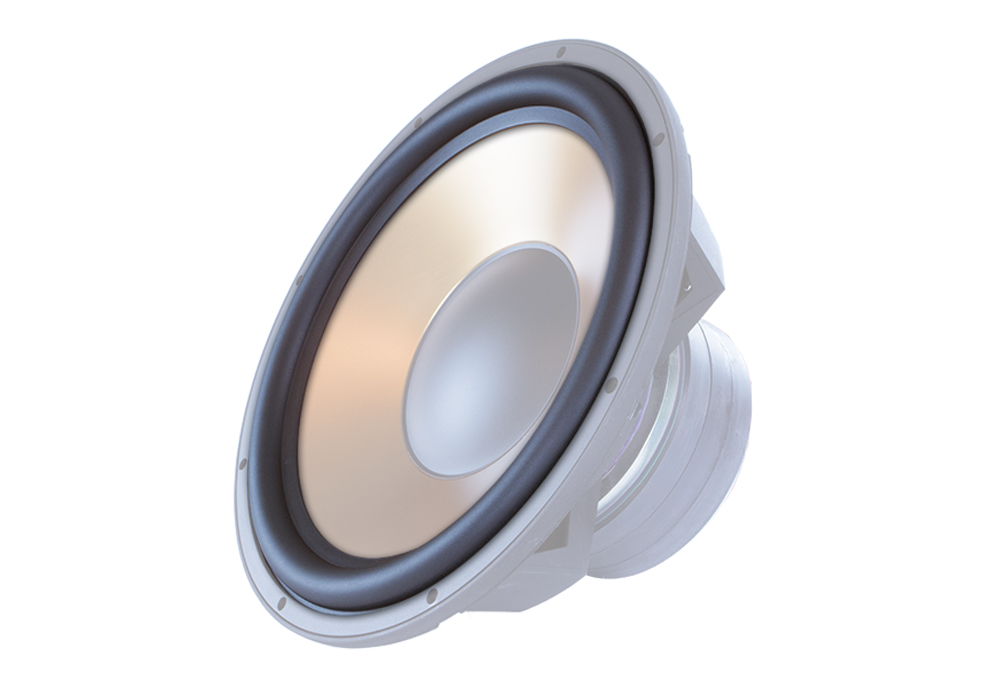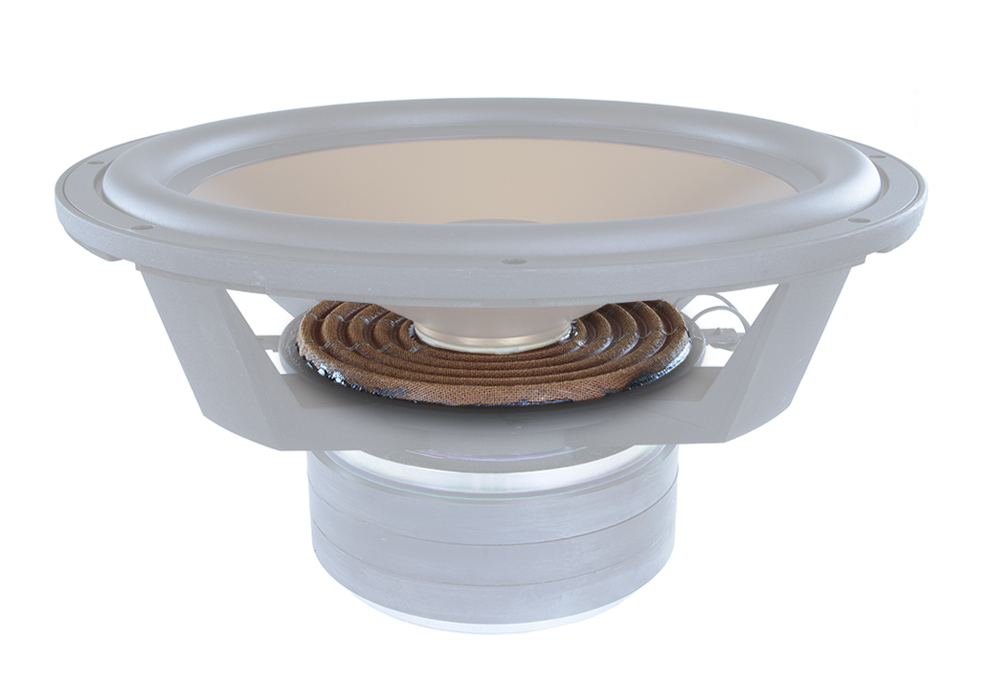
How to Break-in a Speaker
Many audio experts and speaker manufacturers say that loudspeakers benefit from a break-in process. Just like all thing mechanical, speakers have moving parts that move more freely with time and effort.
Two components that particularly benefit from a break-in period include the surround and the spider.
The surround (often times made of various types of rubber or foam) is what connects the edge of the cone to the speaker basket (see Fig. A). You can typically see this part of the speaker when the speaker grille is removed.
The spider connects the basket and the center of the cone (see Fig. B). This speaker component is typically hidden inside the cabinet of a speaker.
Both surrounds and spiders are flexible, allowing them to experience their full range of motion results in freer movement and better response. Think of it like stretching before you exercise.
There are several simple ways to break a speaker in. You could choose to buy costly gear to do so, but it really isn’t required.
The easiest and most enjoyable way is to simply play music with a wide dynamic range. Turn the speakers up a little louder than you normally would will help loosen up the material.
After about 100 hours of use, your speakers should be broken in.
Not all speakers will sound dramatically different after break-in. Some improve only marginally, while others can change dramatically. Either way, it’s likely that you’ll notice an improvement.
What movies or music do you like to listen to when breaking-in a speaker? Let us know in the comments section below.



